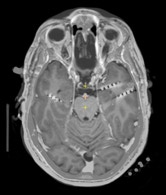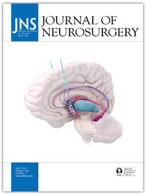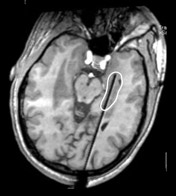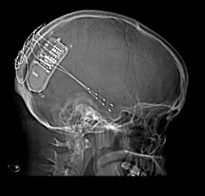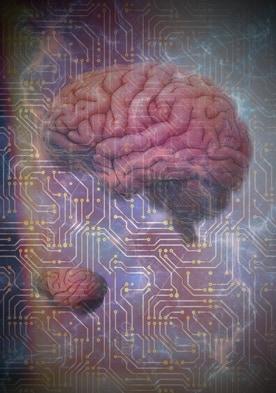
Introduction
Our lab conducts neurophysiology and neuromodulation experiments in humans and non-human animal models. The human studies leverage clinical procedures intended to diagnose and treat disease as an opportunity to learn about the basic functions of the human brain, how particular behavioral and cognitive functions are altered by neurological and psychiatric disease, and how we might better treat these diseases by applying basic neuroscience knowledge to improve neuromodulation. Parallel animal work allows us to investigate particular functions in greater detail, and to test novel ideas for translational applications. The following is organized to provide a flavor of the clinical indications, scientific themes, and types of experiments we do.
The Prefrontal Cortex
We seek to understand the manner and extent to which neuronal activity in the prefrontal cortex contributes to high-level cognition, including such functions as model-based learning, credit assignment and affect recognition. Neural recordings in humans undergoing intracranial electrode monitoring for epilepsy and using large arrays of microelectrodes in animal models, combined with structured and naturalistic behavioral tasks, yield rich neurophysiological data sets. Meanwhile, neurosurgical lesion procedures and certain forms of deep brain stimulation offer additional opportunities to understand how these circuits contribute to behavior and how they may be manipulated to treat otherwise intractable psychiatric disease.
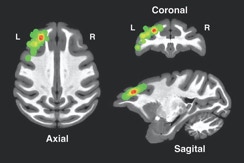
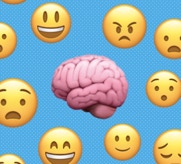
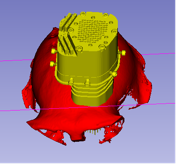
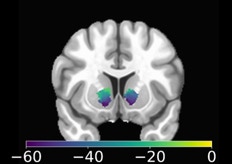
The Basal Ganglia and Thalamus
These deep brain structures are frequently targeted to alleviate a variety of movement disorders, and the thalamus is emerging as a potentially potent target for intractable epilepsy. Neurosurgical procedures provide an opportunity to conduct human-based neurophysiology research to learn about the basic functions of these circuits, and about the diseases that perturb them. Meanwhile, neurophysiology and stimulation experiments in animal models can provide a rigorous test-bed for novel neuromodulation strategies. The convergent nature of neural projections through these regions and their critical roles in plasticity, motivation and awareness render them key targets for adaptive neuromodulation that might harness these functions for improved therapies.
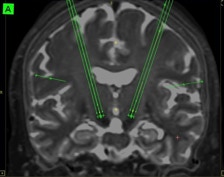
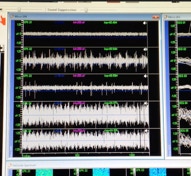
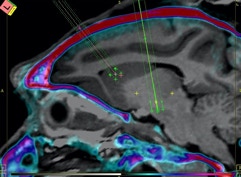
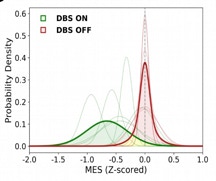
The Temporal Lobe
The temporal lobe is a common target for intracranial recordings for seizure localization. This provides a window to study human brain function related to memory, as well as to better understand seizures themselves. These neurophysiological data are complemented by novel, highly-selective ablative procedures such as laser amygdalohippocampotomy, that enable precise assessment of medial temporal lobe contributions to behavior and seizure reduction. Likewise, we are applying neuromodulation to the hippocampal circuit to test whether this might improve function in patients suffering from memory disorders.
Traumatic Brain Injury
As a busy trauma center where the medical, social and personal costs of TBI are clearly visible each day, we have an opportunity to learn from this experience to improve care and outcomes. Current work involves participation in multi-center trials to alleviate secondary injury and retrospective studies using local and national databases to understand predictors of TBI outcomes. This latter work is undertaken by students with an interest in data science and trauma, and will be significantly augmented by a new multi-modal registry of clinical data being designed for the Norman Prince Neurosciences Institute.

©️2015-2020

